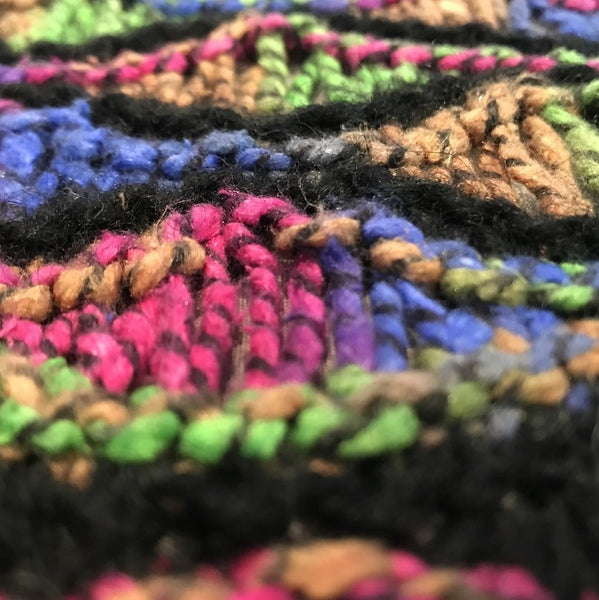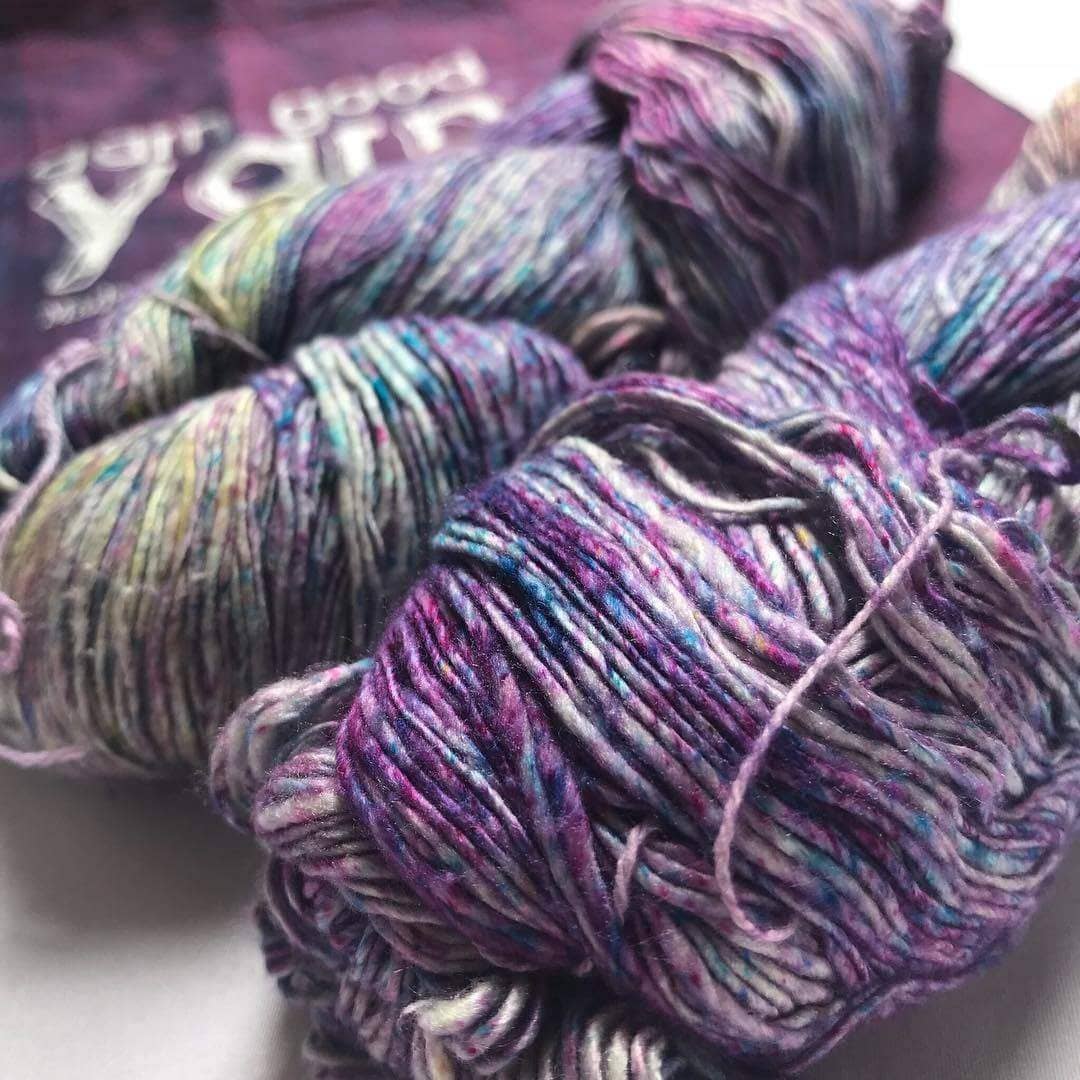What kind of impact does your yarn have on the environment?
If you have been using yarn for your crafts and hobbies for a while, then you've probably noticed that yarns are made with a variety of materials. These materials include wool, cotton, nylon, acrylic, bamboo fiber, banana fiber, and (our personal favorite here at DGY) silk. Maybe you have a favorite type of yarn that you enjoy the texture and feel of, but have you ever taken the environment into consideration when choosing your yarns? Did you know that natural yarns have a dramatically different effect on the planet than synthetic yarns do? Although we believe that all kinds of yarns have a place in the fiber art world, we encourage our blog readers and customers to choose yarns made from natural fibers as often as possible. In today's post, we're going to tell you why!

Why Is Acrylic Yarn Bad?
When you go to the craft store to buy yarn, what do you normally see on the shelves? Likely, you see a spectrum of colors and sizes of yarn, but what about materials?
The majority of today's commercial yarn is synthetic, acrylic yarn. Acrylic yarns are made out of a poly compound (a type of plastic) called acryonile. Producing acryonile requires a massive amount of fossil fuels and releases toxic fumes into the air and atmosphere. Each time that acrylic yarn is washed in a standard in-home washing machine, approximately 730,000 microplastics are released into the water. Although microplastics are microscopic in size, they add up fast. Studies have concluded that up to 85% of the man-made waste on shorelines around the world is made up of microplastics! It has also been proven that, when items made with acrylic yarns are disposed of, they can take up to 200 years to fully biodegrade. Because of this, synthetic yarns contribute to the world-wide plastic pollution crisis.
So now we know that acrylic yarns do some damage to our natural environment, how can we continue to do the crafts and hobbies we love without contributing to pollution and environmental harm? The best solution is to use natural yarns instead!
Using Natural Yarns
The term natural yarns refers to types of yarn that are made from fibers that occur naturally in the environment. These fibers include wool, cotton, silk, bamboo fiber, and banana fiber. Because these yarns contain no synthetic materials, manufacturing them has no negative impact on the environment. They are spun from their natural base fibers, often, by hand with no factories or fuels needed. After being discarded, natural yarns biodegrade within as little as 5 months. (Wool is the exception, taking up to 50 years to biodegrade due to its density). Additionally, because they contain no plastics, natural yarns are more resistant to heat, which makes them better for making potholders and other items that will be used near fire or ovens.

There is also evidence to support the idea that natural yarns are actually better for human health than acrylic yarns are. Many acrylic yarns actually contain carcinogens that can be absorbed through the skin when the yarns are worn. Natural yarns contain no such harmful chemicals. (Although in some cases, wool and cotton yarns do cause adverse skin reactions due to personal allergies.)
Now that you're aware of the pros and cons of choosing natural yarns vs. acrylics, keep the planet in mind as you prepare for your next knitting or crochet project! Every effort counts when it comes to caring for the environment. If you're looking for more natural yarn options, check out our selection!
What are your thoughts on yarn and environmental sustainability? Do you think there's anything we left out on this topic? We would love your input!
 Rewards
Rewards

